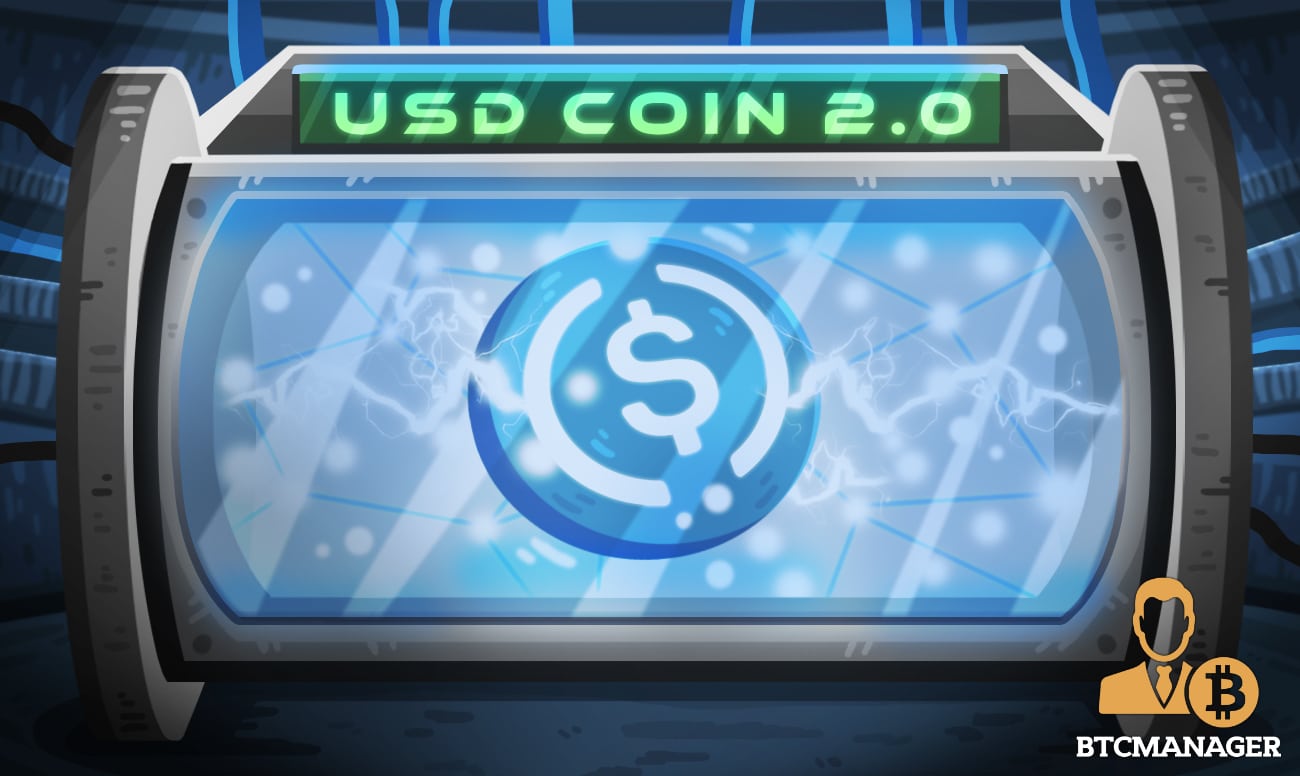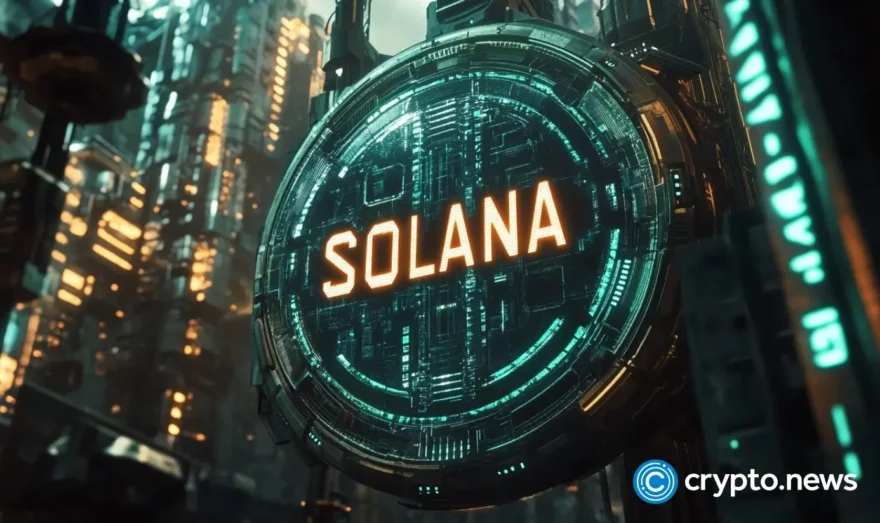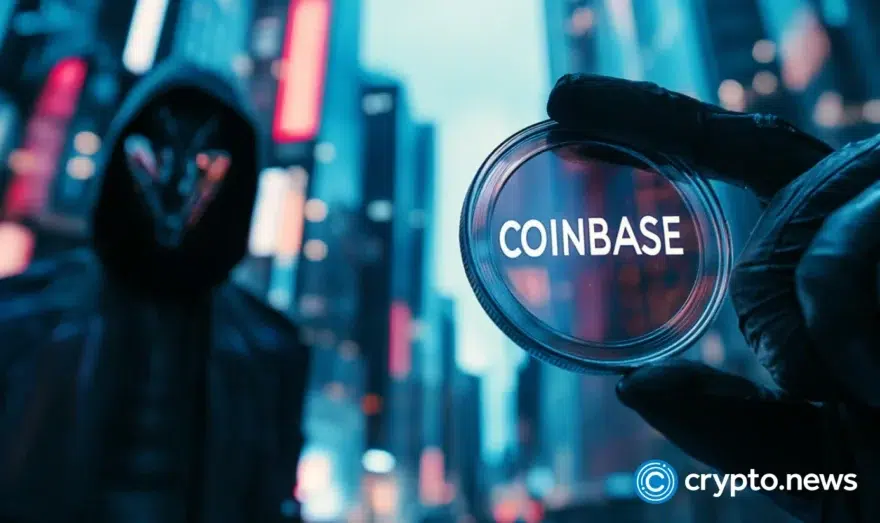USDC 2.0 Introduces “Gasless Sends” to Tackle Skyrocketing Ethereum Gas Fees

Members of the Centre Consortium — Circle and Coinbase – have unveiled USDC 2.0 to tackle notorious Ethereum network gas fees.
Circumventing Ethereum Gas Woes
U.S.-based cryptocurrency exchange Coinbase and P2P payments technology firm Circle have launched a new USDC stablecoin with several upgrades to the underlying protocol and smart contract.
The upgrades are aimed toward making it easier for businesses and individuals to use the USD-pegged cryptocurrency for routine transactions.
Specifically, the new USDC stablecoin will address the major “gas fees” pain point that discourages small traders from transacting cryptocurrencies on account of ridiculous fees associated with transactions.
For the uninitiated, stablecoins such as Tether (USDT) and USDC are ERC-20 tokens that run on the Ethereum network. Whenever a trader or investor transfers the aforementioned stablecoins from their wallet, they are required to hold a certain amount of Ether (ETH) in their wallet to pay for the gas. This condition presents a barrier to mainstream adoption and broad usage of USD-pegged stablecoins for virtual payments.
To tackle this problem, USDC has introduced “gasless sends” that allows wallet developers to do away with the need for the customer to hold a balance of Ether and rather delegate the payment of the gas fees to another address.
This mechanism essentially allows developers to either provide the service themselves or allow a third-party service to pay the related fees. Put simply, developers can either pay the fees on the customer’s behalf or present and deduct the fees in USDC.
Bolstered Security and Smart Contract Protection
In addition to addressing the Etheruem gas fees menace, USDC 2.0 also introduces a new set of on-chain multi-signature contracts and new consensus algorithms geared toward strengthening the security of the protocol.
The announcement reads in part:
“Administrative operations can be managed on-chain versus manual off-chain processes, which improves security, auditability and in turn resilience. By using an M-of-N multiple signature model, these improvements also anticipate growth in Centre with more members, including issuing members who would participate in operational flows using on-chain tasks.”
In related news, BTCManager reported that the largest stablecoin by market cap, USDT, had gone live on trustless, non-custodial, Layer-2 Ethereum scaling solution OMG Network for faster transactions and scalability.












